In February, 2004, the Governor of New South Wales proclaimed the general purpose Councils of Copmanhurst, Grafton, Maclean and Pristine Waters and activities of North Coast Water and Clarence River County Council co-joined to form the Clarence Valley Council. One of the most important activities of the council is the management of water supply and related areas of sewage, strategic stormwater management and flood studies.
The Council has recently completed a $180 million regional water supply project that will serve the present and future needs of the area. The project entailed the provision of extensive water supply infrastructure with the purpose of improving the management of water resources.
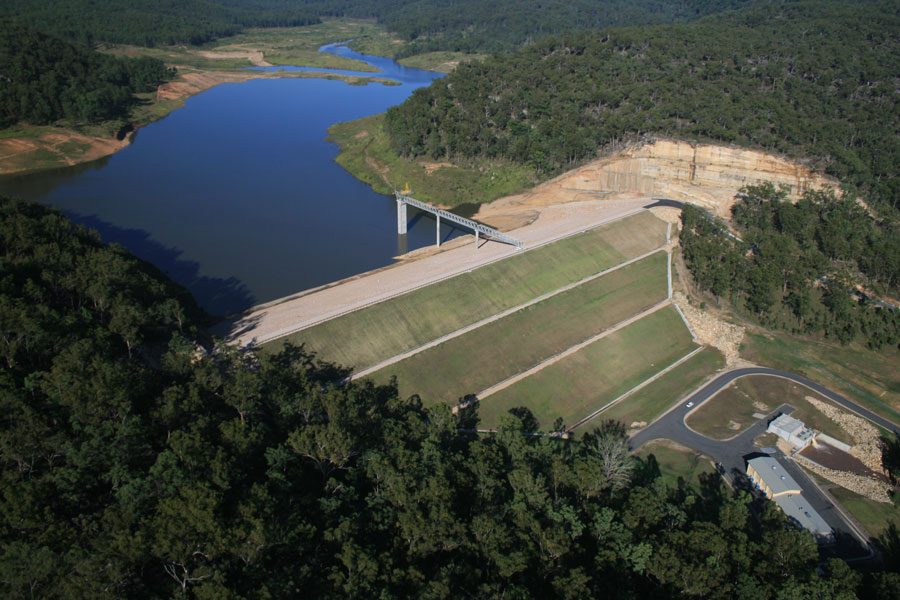
Background of the projects
Greg Mashiah, Manager, Water Cycle, of the Clarence Valley Council explained that of the four General Purpose and two County Councils that were amalgamated in 2004, three were either in the planning or approval phase of major sewage augmentations with concept designs being undertaken by different consultancies.
“These projects were continued even after amalgamation. The first scheme was constructed in 2008 and the second scheme was constructed in 2011 and the final scheme’s construction was started last year. So work at the moment is the culmination of what we did for 15 years with a lot of planning,” explained Greg Mashiah.
“The Clarence Valley was at one stage the fastest growing area in New South Wales. That was in the 1990’s and this growth resulted in two requirements of the water and sewer department. One was to meet modern environmental standards in terms of waste and release of treated recycled water to the environment and to meet the stipulations of the applicable regulations.
The second was the need for augmenting the plants to facilitate growth. For example progress could not be made on land which was marked for future urban development due to the paucity of facilities. In Yamba there was an urban release area that was proposed for about 1000 residential lots and the process of designing it started in the mid 1990’s, but it could not be developed until this year.”
Innovative techniques used for project management
The Council used a unique strategy while awarding the Junction Hill, Grafton and Maclean, Lawrence, Townsend and Ilarwill (JHGMLTI) contracts. Even though the works were in two separate geographic locations about 40 km apart, the projects were combined to ensure a commonality of equipment between the two sites. The value of this project was $77 million.
In the normal course a contractor who was large enough would have taken on this project and in turn, awarded sub-contracts. However, the Council decided to take this role upon itself and consequently split the project into “packages” and awarded the contracts for similar work at the two sites.
Greg Mashiah describes how the Council utilized this technique to ensure the successful implementation of the project, “We have been very fortunate here that all our projects have been successful, but we have also taken lessons from each of the projects. For example, one of the things that we did on the first project was that we split it up into five separate contracts.
The value of the project was such that if we had let the whole augmentation as a single contract it would have been within the financial capability of only the largest contractors, because it was about $77 million in total. So by splitting it up into several contracts, the largest awarded was just about $40 million. On the Iluka project we, as a result of lessons learnt, reduced that from four contract packages to three.”
Another technique used by the Council was the Early Tendering Involvement which was initially developed by New South Wales Public Works for Council’s Shannon Creek Dam project in 2005. This technique involves short-listing potential construction contractors through an Expression of Interest process. A meeting is then held with these potential contractors to reply to any questions that they may have and describe the details of the contract to them.
Explaining the benefits of Early Tendering Involvement, Greg Mashiah says, “Another thing that we have used quite extensively is that all the tenders have been awarded using a process where potential contractors who have been short-listed at the beginning of a project are given an initial risk allocation and each is requested to provide feedback on both design and risk allocation to ensure that risk is placed with the party best able to manage it.
We found the process extremely successful because we believe it has mitigated the cost of unknown risks and risks are placed with the party best able to manage them.”
The Council has excellent relationships with its contractors
The Council has a memorandum of understanding for project delivery with its project manager, New South Wales Public Works, and it works closely with it in terms of the GC21 relationship contract. Additionally, the Council has developed strong relationships with its contractors and works with them to ensure the smooth running of the projects.
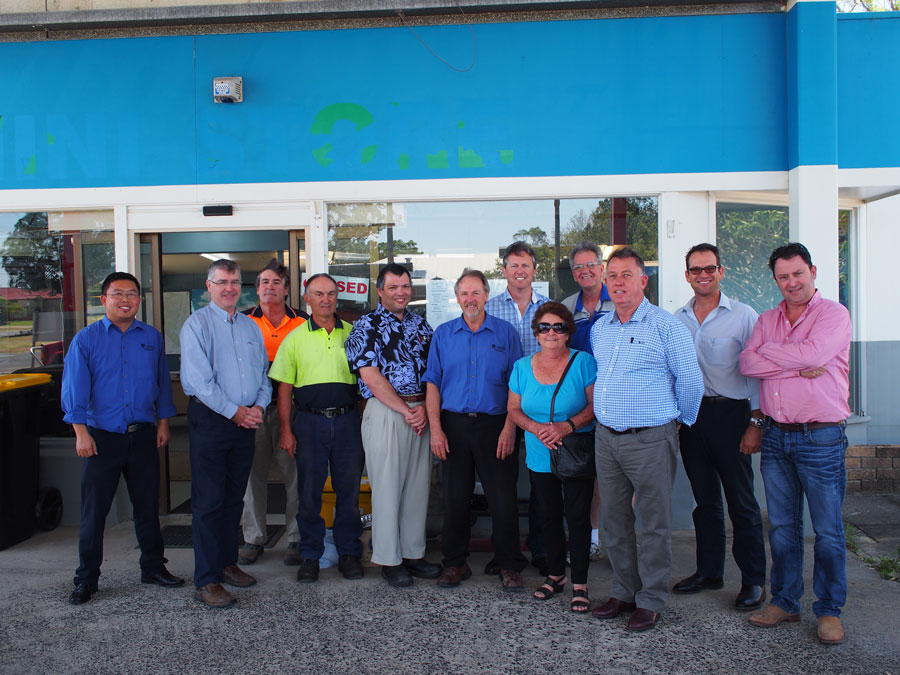
The contractors for the Junction Hill, Grafton and Maclean, Lawrence, Townsend and Ilarwill (JHGMLTI) contracts were:
- Haslin Contractors
- Ledonne Constructions
- Downer EDi
- Coe Drilling
- AJ Pipelines
On the Iluka scheme the contractors were:
- Monadelphous Engineering
- Coe Drilling
- Ledonne Constructions
The on-going Yamba project’s contractors are:
- Haslin Contractors
- Ledonne Constructions
Greg Mashiah is very clear that using the GC21 relationship contract has helped the implementation of the projects to a great extent, “So we think that we have very good working relationships with the contractors and the use of the GC21 relationship contract has certainly helped developing those relationships, because one of the aspects in GC21 is that you have a project approach in which both the principal and the contractor are working together to ensure what is best for the project.
In terms of evaluating the performance in all the contracts under GC21, we evaluate the performance of the whole team – the contractors, the Council and the project managers, because sometimes it can be the Principal who is causing the contractor to delay the project.
For example, if the Council is taking too long to turn around requests for information, the contractors may not be able to continue with their work. To remedy this, each month, on GC21 we hold a performance evaluation meeting and in that meeting we assess the performance of the whole team.”
Eco-friendly initiatives
The Council is working on various eco-friendly initiatives including upgrading all the treatment plants with solar panels in an effort to reduce electricity consumption. This will be of tremendous benefit as the sewage treatment plants are Council’s largest consumers of electricity. Another step being taken in an effort to consume a lower amount of power is the installation of variable speed drives at the larger pump stations.
There is a great awareness in the Council regarding the necessity to recycle water and the release from the sewage treatment plants is used in several sports fields, golf courses and on a greyhound racing track.
The Council uses SCADA equipment in its day to day operations and is currently in the process of upgrading the technology so as to optimise the running of the plants.
The future
On completion of the current round of augmentation, further optimisation of energy usage in the treatment plants will be taken up. The Council is also looking at operational ways to achieve greater power reduction. The next project to be taken up is for upgrading of the North Grafton plant and the concept design for that is expected to be started in the near future.
The affairs of the Council are extremely well-run and in recognition of this in 2014 the Iluka Sewerage project was recognised by the International Water Association’s “Project Innovation Awards” with a Global Honour Award in the “planning” category. Council has also been recognised by Engineers Australia Newcastle Division Engineering Excellence Awards, winning the “Regional” Award for the JHMLTI project in 2010 and for Iluka in 2015.
The reason behind the Council’s efficient management of water resources and its successful implementation of projects can be explained by Greg Mashiah’s use of relationship contracting, “Good contracts is having good relationships and trust is important for a relationship, so in terms of working with the contractors starting with the tendering involvement we develop trust.”
AT A GLANCE
Who: Buildcor Projects
What: Offers services in commercial and residential construction and construct innovative developments for valued clients.
Where: Located at Unit 12/117 Brisbane Street, Perth, WA
Website: http://buildcorprojects.com/
Supporting Partners
Haslin Constructions
http://www.haslin.com.au/
Ishigaki Oceania
http://www.ishigaki.com.au/
Pressure sewer Solutions
http://pssolutions.net.au/
Sponsored Advertorials
- Hanslin Constructions
- Ishigaki Oceania
- Ishigaki Oceania
- Pressure Sewer Solutions

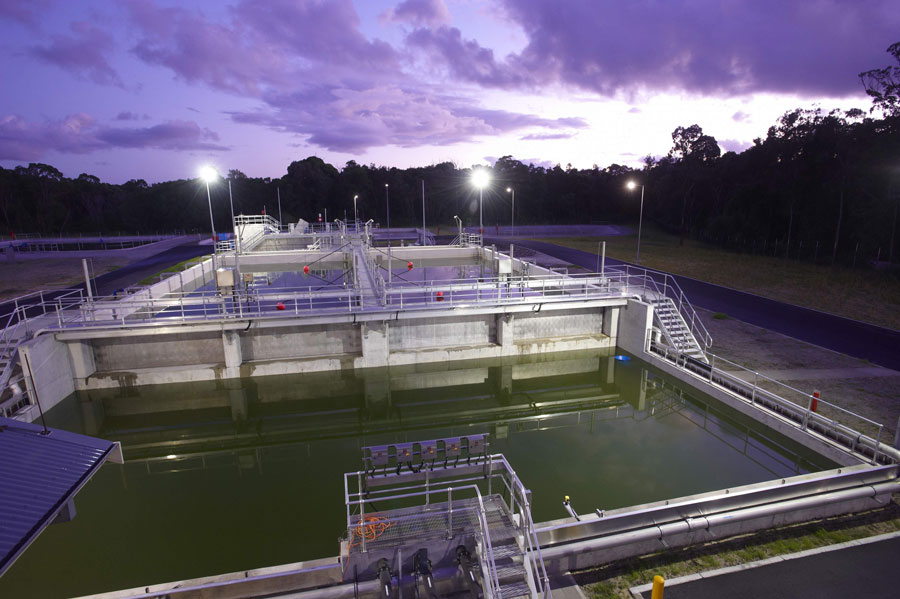
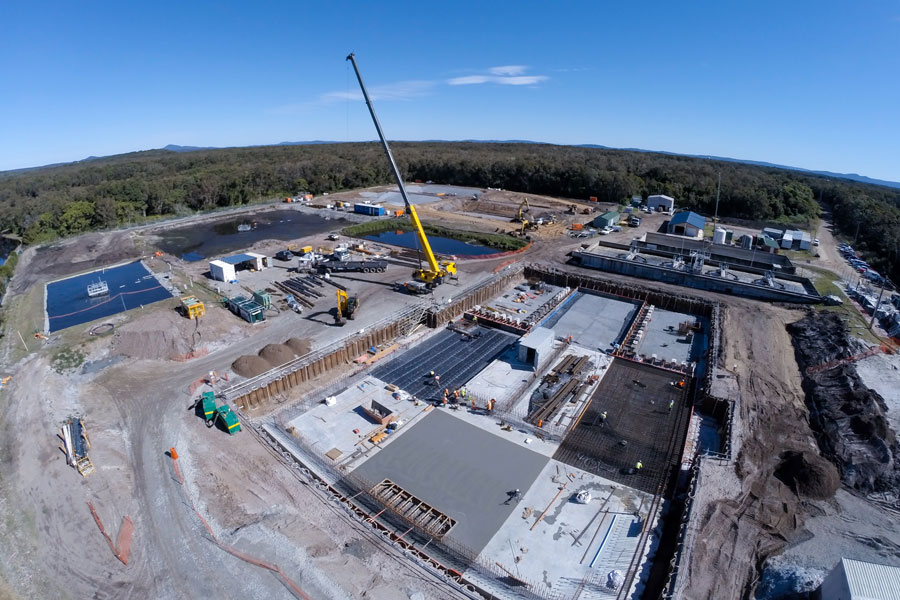
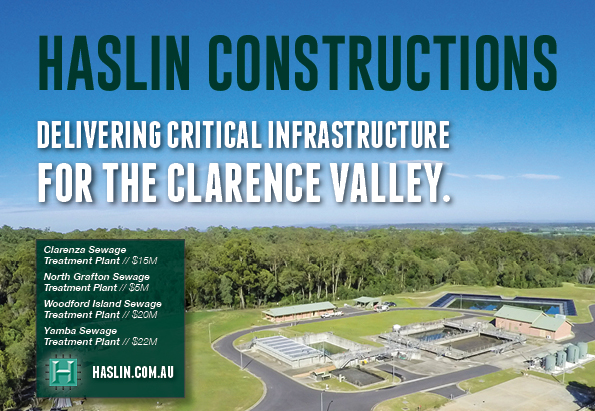
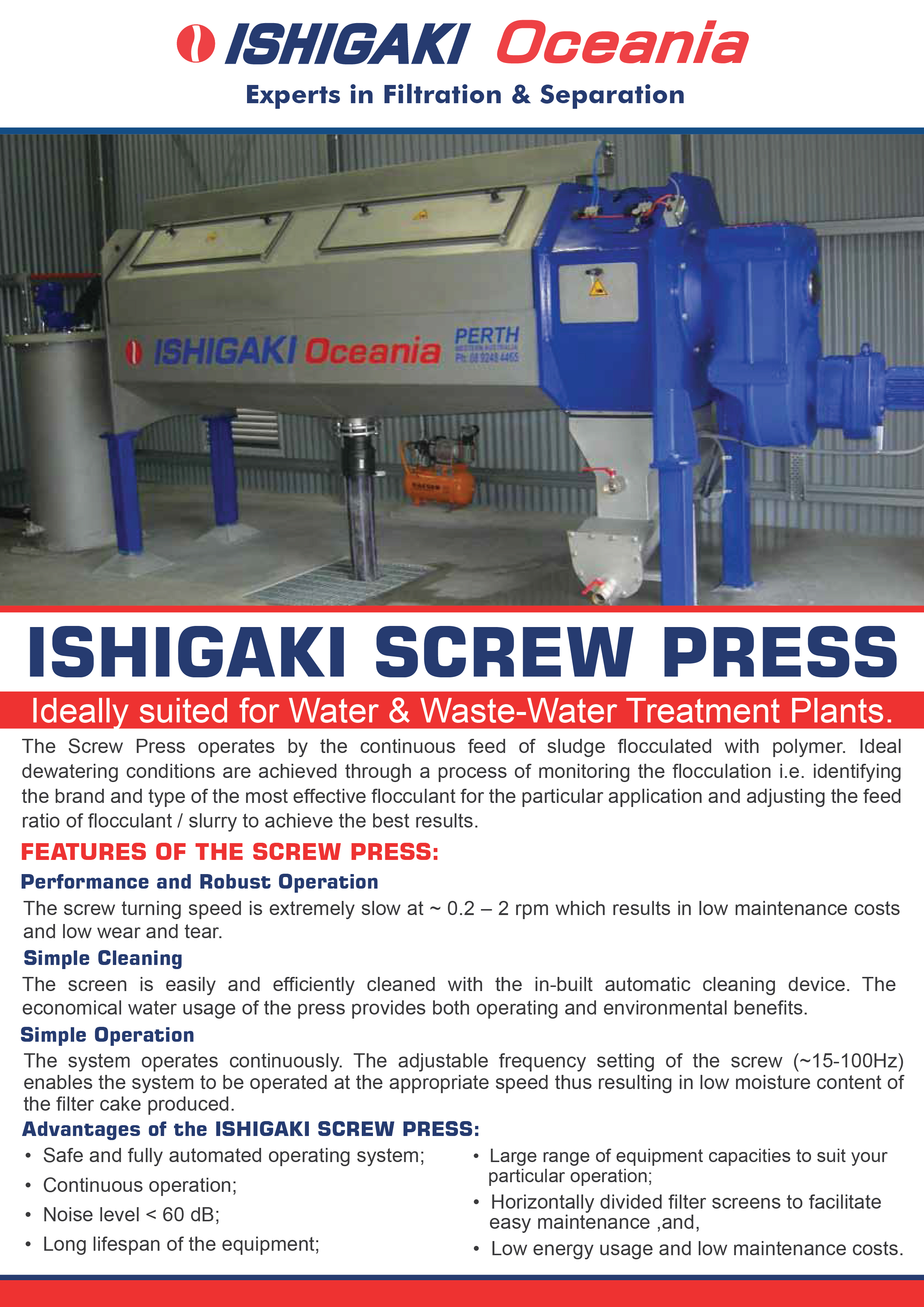

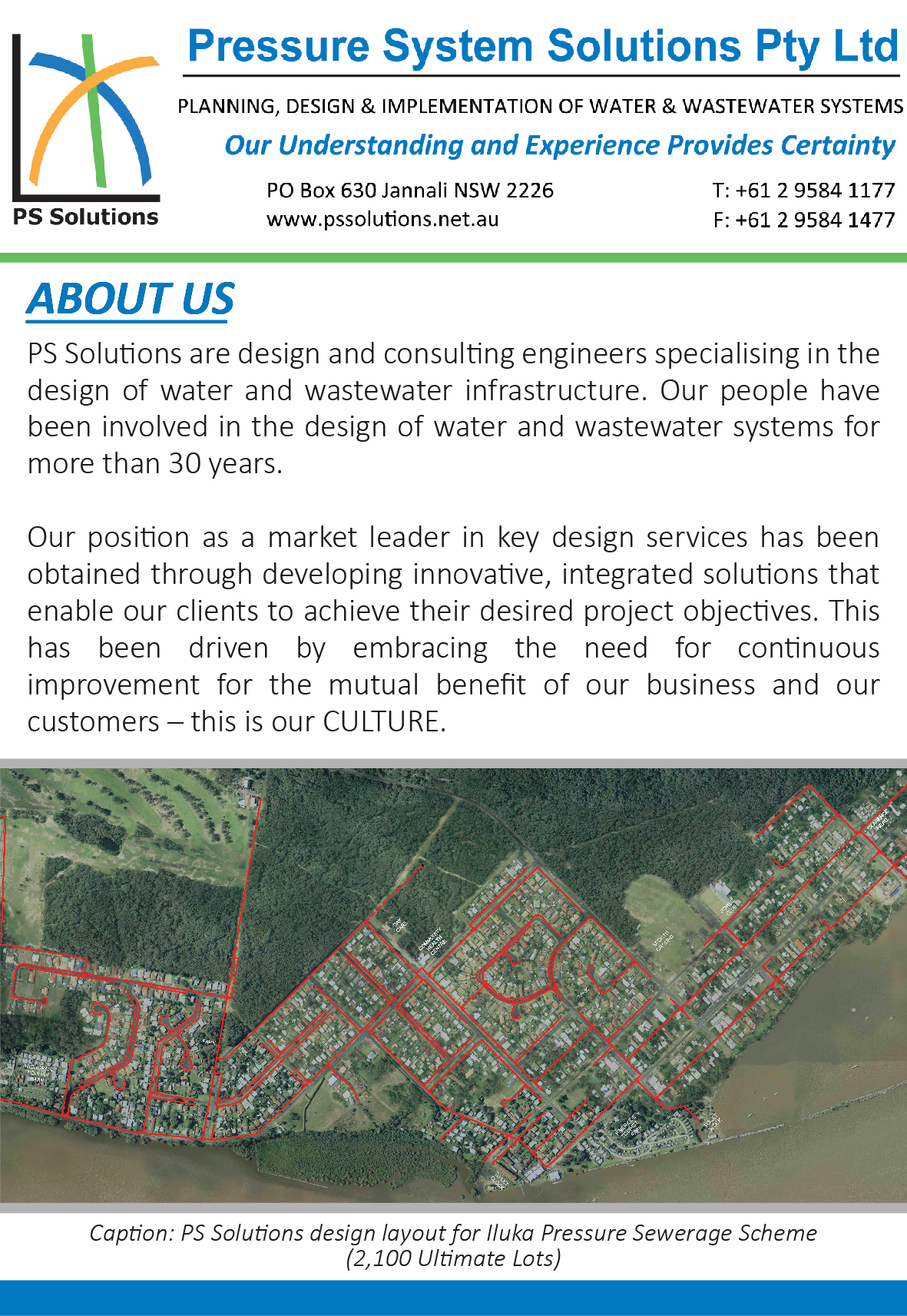

 This information will never be shared to third parties
This information will never be shared to third parties